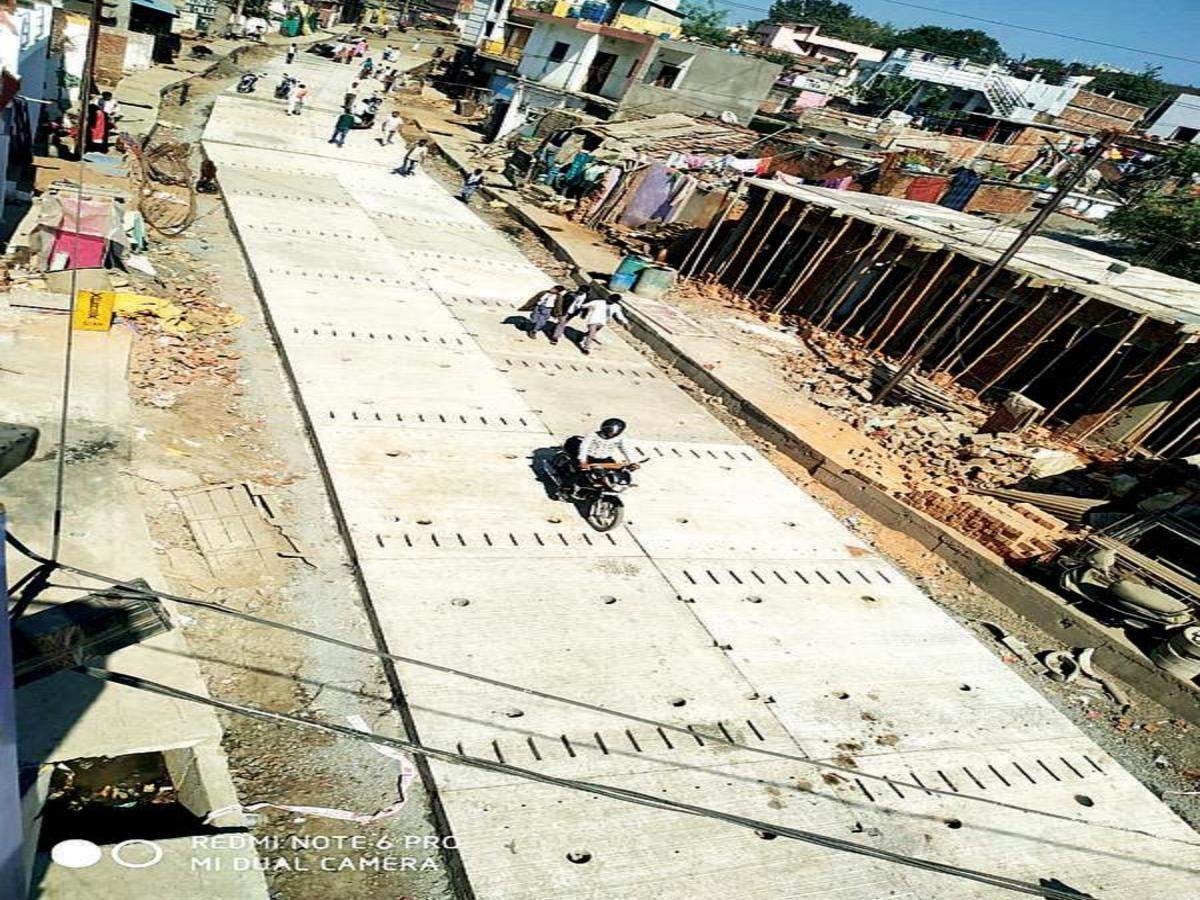Nagpur: In six hours ‘ time cement concrete route was installed by the State Department of Public Works (PWD) using pre-pressed pre-packed concrete pavement technology (PPCP) for a month or more in a traditional method.
PWD has argued that PPCP provides solutions to various concrete road problems and sets a role model for other State agencies. As the State’s first to be created, in association with the Visvesvaraya National Institute of Technology (VNIT), the PWD Executive Engineering Team AD Pohekar, Deputy Engineer Rehan Khan, Deputy Engineer Monika Mankar (Deputy Eng.), and Deputy Engineer Milind Digrajkar (PPCP). The road chosen is very narrow and densely populated.
“The PWD received funds from the Central Road Facility (CRF) for the concretization of a 480-meter long road in Rajiv Nagar that links two highways. The road was 3 meters long and is the only way to reach numerous areas; thus traffic can not be blocked.
“Cure, which is necessary for the longevity of the concrete road of cement, because of the movement of human beings would not have been possible. We used the PPCP technology, therefore. We cast concrete panels on a plant in Khadgaon via a private contractor. We also ensured sufficient cure time. We put panels on the road afterwards. It took six hours to turn a 100-meter stretch into a concrete road, “he said.
The PWD plans three days from now to complete work on the whole route.
Khan said, “This is another major achievement. We ensured the cost of the road is below the traditional system. The traditional system costs a great deal more than the PPCP. This could be accomplished by having the thickness in the traditional system up to 200 mm as opposed to 300 mm.” “But the reliability and life obtained were five times as high as the modern system. The cast and healing in an atmosphere that is friendly and idle will not be broken. Panels will be easy to substitute in the future if necessary, “he said.
The road is now 10 meters long with a 5.50 meters long driveway, footpath and stormwater drain on both sides from the previous width of around 4 m. The width and length of each panel is 2.75 meters. For a 5.50-meter carriage lane, both panels have been fixed. In PPCP there is a jetting device that also guarantees reasonable elevation and no undulation.
Khan said that where the strength of the existing road is strong, the costs of concrete roads using the PPCP technology may be lower. “We will install the current tar road until it becomes fully resistant and then put panels in place. The traditional method needs to lay dry lean concrete (DLC), which is the highest layer of cement concrete, before paving quality concrete (QPC), “he said.
Khan said urban local authorities can create concrete highways using PPCP technology in congested areas, particularly slums.
The system is very useful for the NMC. The NMC has blocked roads for months for cement concrete roads since the last nine years.
The invention was invented by VNIT. In November 2018, Thr PWD made a small portion of the Inner Ring Road experimentally using this technology.
